Are you considering becoming a tattoo artist? If so, there are a few considerations that you should be aware of before embarking on this exciting career path. Becoming a professional tattooer is no small feat, as it requires skill, talent, and dedication. One essential question for aspiring artists to ask themselves is: How much does a beginner tattoo artist make? While the answer isn’t easy or straightforward due to many contributing factors including, in this post we will explore what kind of pay potential novice tattooers may expect when first getting started.
Overview of the Tattooing Profession
The tattooing profession is one of craftsmanship, creativity, and personal expression. This art form has seen a resurgence in popularity over the decades, with many people seeking unique, personalized designs to express their identities. Tattooing, once considered a fringe or subversive activity, is now widely practiced and accepted in numerous cultures around the globe.
However, the profession is not without its challenges. Tattooing is a highly competitive field, with success often dependent on the artist’s ability to stand out with a distinctive style or technique. [1] Furthermore, the salary of beginner tattoo artists is usually modest, as they often start by building a portfolio and establishing a reputation before they can command higher rates.
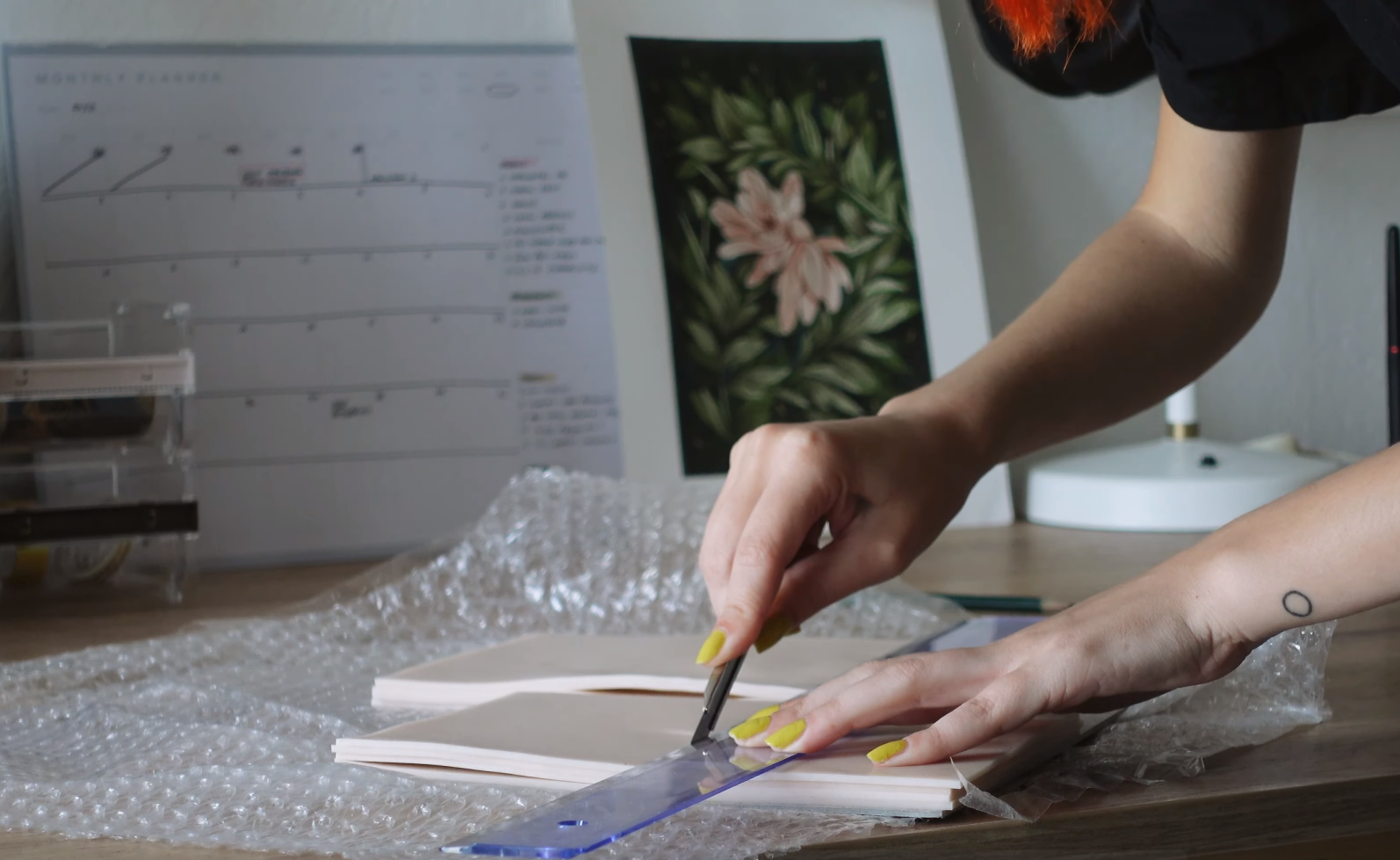
How To Become A Tattoo Artist
Becoming a tattoo artist involves multiple steps, requiring commitment, patience, and a willingness to learn continuously.
- Artistic Training: Before you embark on your tattooing journey, it’s important to have a solid foundation in drawing and design. Many successful tattoo artists have a background in fine arts or graphic design. Consider taking art classes or earning a degree in art to develop your skills.
- Research the Industry: Learn about tattooing techniques, styles, and industry trends. This can involve reading books, attending tattoo conventions, and following well-known tattoo artists on social media. Also, understand the health and safety protocols necessary for the profession.
- Apprenticeship: Finding an apprenticeship is a critical step. This is where you’ll learn the practical aspects of tattooing under the guidance of an experienced professional. Be prepared, as many apprenticeships are unpaid and last one to two years.
- Build a Portfolio: Throughout your apprenticeship, you’ll create a variety of works. Collect images of these pieces to create a portfolio showcasing your best work and range of styles.
- Licensing: Most jurisdictions require tattoo artists to be licensed. This usually involves completing a course on bloodborne pathogens and cross-contamination and passing a licensing examination.
- Start Tattooing: After earning your license, you can start tattooing clients professionally. You might start in a tattoo shop, or you might choose to be freelance. Remember, building a solid client base takes time and patience.
- Continuous Learning and Improvement: Never stop learning. Attend workshops, take online courses, and keep up with new trends and techniques. The best tattoo artists are those who continually work to improve and evolve their skills.
How Much Does It Cost?
Investments in a tattooing career can vary significantly due to numerous factors. First, there are the costs associated with artistic training. This may involve enrolling in art classes, which could range from a few hundred to several thousand dollars, depending on the institution and course duration.
Next comes the cost of an apprenticeship, which can be a major financial consideration. While some apprenticeships are unpaid, others might require you to pay the tattoo artist or studio for the instruction you receive. These fees can range from $2,000 to $10,000 or more. [2]
Licensing fees also come into play and vary widely by location; they can range from $50 to several hundred dollars. Some states also require tattoo artists to hold liability insurance, which can cost around $200 to $500 per year.
Lastly, building your portfolio and marketing your work can also be associated with costs. This could involve professional photography, website hosting, promotional materials, and advertising.
Some Natural Talent Is Needed
Entering the world of tattooing does require some natural artistic talent. This is a career that is deeply rooted in artistic expression and so having a natural flair for drawing and design can significantly influence one’s success. The ability to translate a client’s ideas into a visual design and then execute it with precision on their skin is a skill that often comes from innate artistic ability.
Moreover, the ability to communicate effectively with clients, understanding their needs and expectations, and being able to guide them through the process requires interpersonal skills which aren’t inherently artistic but are essential for being a successful tattoo artist.
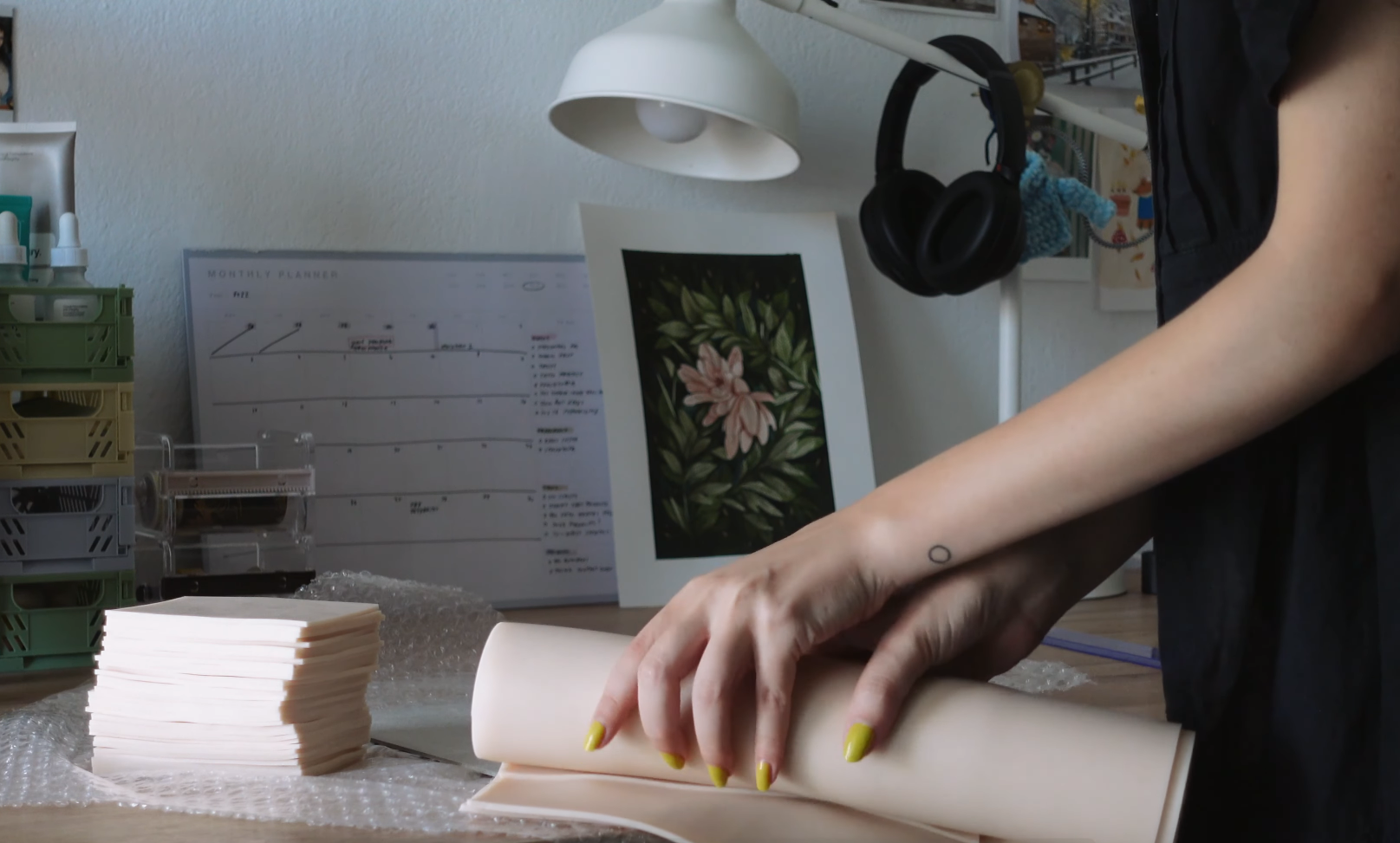
Factors Impacting a Beginner Tattoo Artist’s Income
There are several factors that could potentially influence a beginner tattoo artist’s income. In the following sections, we will delve into each of these factors, providing a comprehensive perspective on the financial aspects faced by novice tattoo artists.
Location Matters
The location of your practice can significantly influence a beginner tattoo artist’s income. Urban areas, particularly those with a thriving arts scene or a large youth population, often provide a larger client base and a higher demand for tattoos. These locations can also support higher pricing due to the cost of living and the willingness of clients to pay for high-quality work.
Conversely, in smaller towns or rural areas, the demand for tattoos may be lower. This could limit your earning potential, as you might need to lower your prices to attract clients. However, competition may also be less intense in these areas, providing an opportunity for dedicated artists to establish a strong local reputation.
It’s also worth considering the impact of local regulations and licensing costs, which can vary widely from place to place. Some areas might require significant investment in licensing and compliance, which could impact your initial earnings as you establish your career.
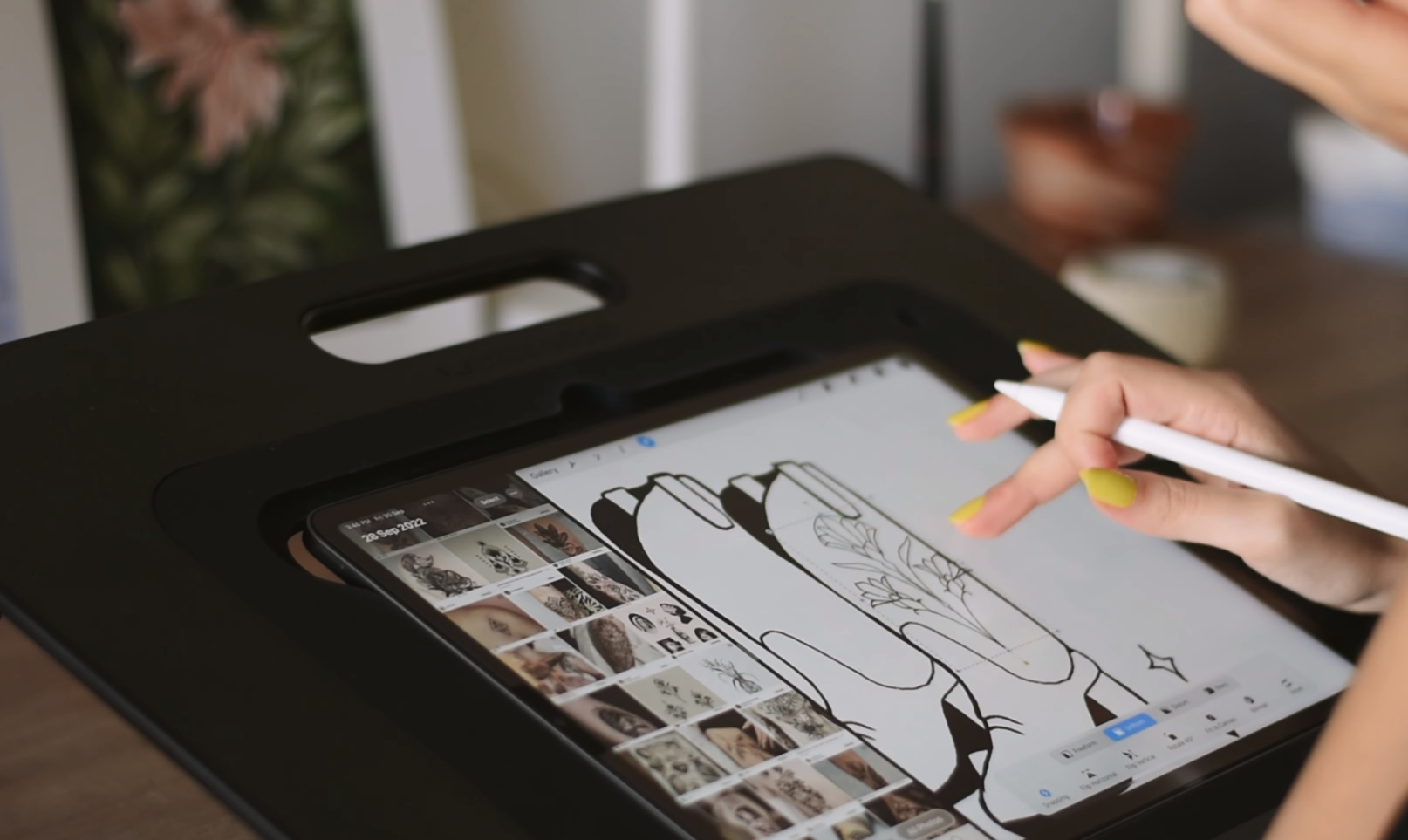
Apprenticeship and Skill Development
The apprenticeship phase of a tattoo artist’s career is a critical time for skill development and lays the groundwork for their future in the industry. It often involves rigorous hands-on training under the supervision of an experienced professional who can impart valuable insights and techniques.
During the apprenticeship, you will learn the ropes of tattooing, including how to handle tattoo machines, the right technique for inking, choosing the correct needles for different designs, and understanding skin types. In addition to these technical aspects, emphasis is also placed on health and safety regulations. You’ll be taught how to maintain hygiene, sterilize equipment, and prevent cross-contamination to ensure the safety of both you and your clients.
Importantly, an apprenticeship in a professional tattoo studio also exposes you to the business aspect of the industry. You learn about customer service, dealing with client expectations and complaints, booking appointments, and managing finances. These skills are essential for those aspiring to own their tattoo studio in the future.
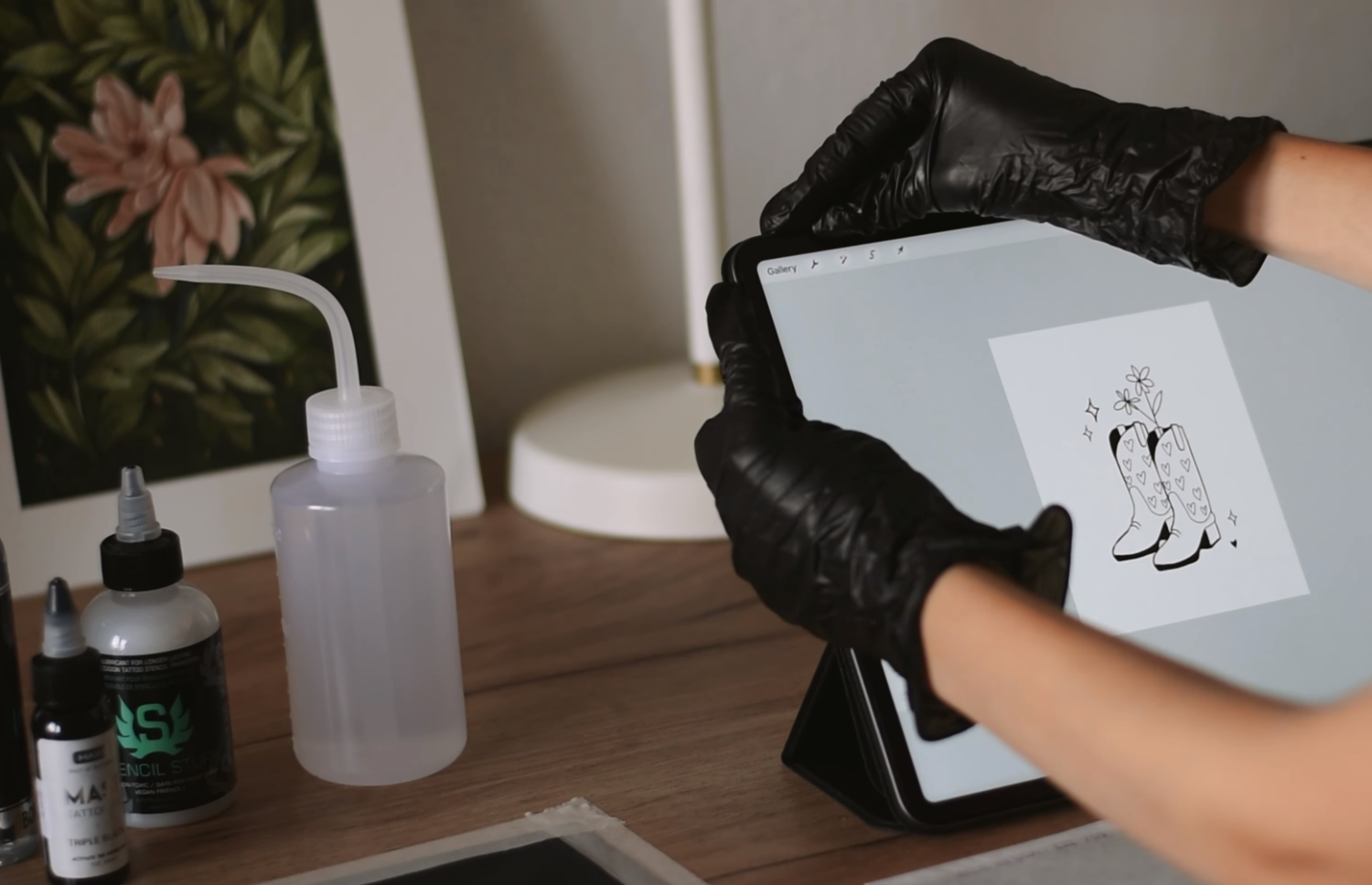
Pricing and Rate Structure
Pricing and rate structure in the tattoo industry can be complex and vary based on several factors. As a beginner tattoo artist, one of the first decisions you’ll need to make is whether to charge by the piece (a set price determined beforehand) or by the hour.
On the other hand, the ‘hourly rate’ reflects the time spent on each tattoo, which is ideal for larger and more detailed pieces. This model ensures you are compensated for every hour you work, including the time spent drawing and preparing the design. However, you’ll need to be efficient and effective at managing your time to avoid taking longer than necessary, which could dissatisfied clients or lower your effective hourly wage.
As a beginner, you may not be able to charge as high rates as more experienced artists. Starting with a lower rate can attract more clients and give you the opportunity to build a portfolio. However, it’s crucial to steadily increase your rates as you gain experience, improve your skills, and build your reputation.
Building a Clientele
Building a solid clientele is crucial for any tattoo artist’s success and growth in the industry. As a beginner, attracting and retaining clients can be challenging, but there are several strategies you can employ.
Initially, you might largely rely on friends, family, or acquaintances for your first few tattoos, but remember, every client is a potential source of referrals. Offering excellent customer service, along with high-quality work, can turn a one-time client into a repeat customer who is likely to refer others to you.
Building connections within the tattoo community can also create opportunities to reach potential clients. Engaging in activities such as attending tattoo conventions, art exhibitions, and other relevant industry events can facilitate interactions with fellow artists, prospective clients, and influential figures within the field. Such interactions can lead to collaborations, referrals, and an increased client base.
Offering promotions or discounts can be another effective strategy, especially when you are starting. This can incentivize potential clients to choose you over more established artists. However, be careful not to undersell your work, as it could devalue your art and talent.
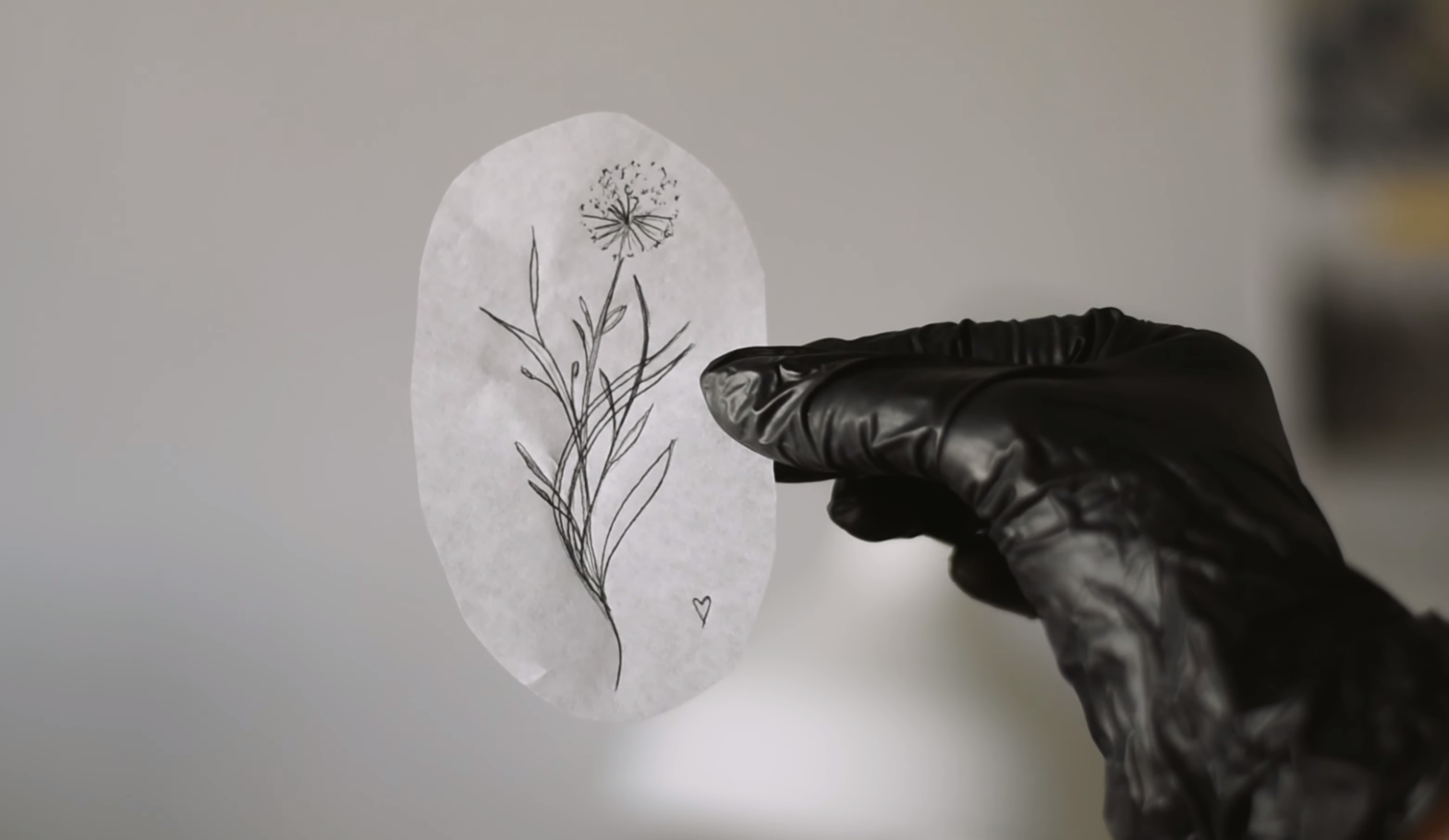
Income Streams for Tattoo Artists
Apart from the direct income from tattooing customers, there are several other ways a tattoo artist can generate income. One popular method is selling merchandise such as t-shirts, posters, stickers, and art prints featuring your designs. This not only brings in extra income but also serves as a marketing tool, spreading awareness of your work.
Another avenue is conducting workshops or online tutorials. As you gain experience and expertise, you can share your knowledge with aspiring tattoo artists and earn from it.
Some tattoo artists also diversify their skills and offer related services such as body piercing or henna art. This broadens your customer base and provides additional income streams.
Income Range for Beginner Tattoo Artists
The income range for beginner tattoo artists can vary significantly based on several factors, including location, the rate of charge, the number of clients, and the artist’s skills and reputation. Generally, a beginner tattoo artist can expect to earn in the ballpark of $15,000 to $30,000 per year. [3]
This may seem a bit low, but remember, as a beginner, you’re still learning and building your portfolio. As your skills improve and your clientele grows, your income is likely to increase. Some established tattoo artists can earn well over $100,000 per year. Remember, these figures are just a rough guide. Your actual earnings as a tattoo artist can be higher or lower.
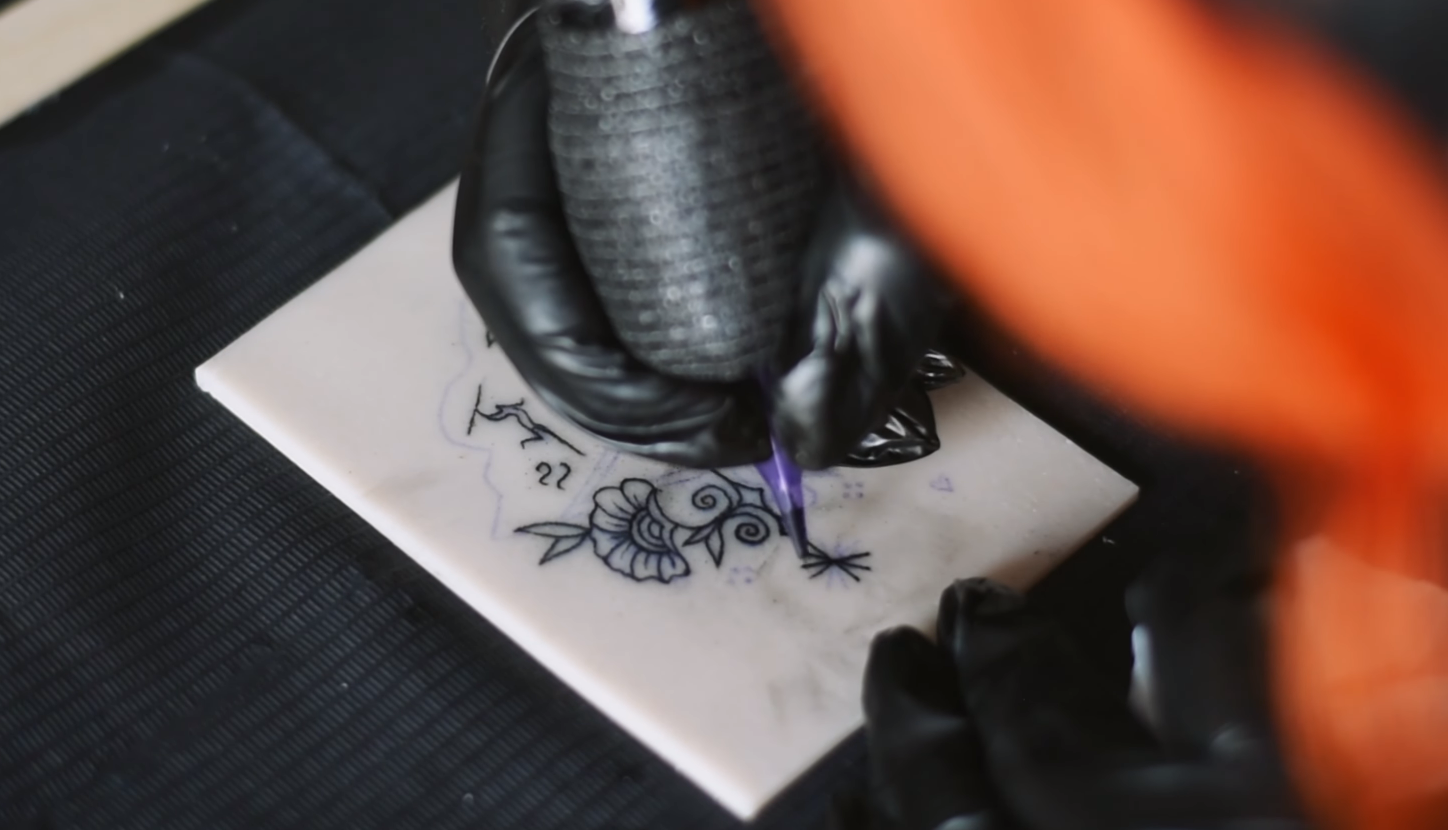
Challenges and Considerations
- Learning Curve: Tattooing is an art form that requires considerable skill, dedication, and practice. As a beginner, mastering the techniques and understanding the nuances of the craft can be challenging.
- Health and Safety Regulations: Adhering to health and sanitary regulations is paramount in this profession. A lack of awareness or non-compliance can lead to severe health risks for clients and legal repercussions.
- Competition: The tattoo industry is quite competitive. Standing out and establishing a unique style can be a significant challenge, especially for those new to the field.
- Unstable Income: As a tattoo artist, especially at the start of your career, income can be inconsistent. This financial instability can be daunting and needs careful planning and management.
- Customer Service: Managing client expectations, dealing with difficult clients, and ensuring client satisfaction are ongoing challenges in this customer-facing profession.
- Physical Strain: Tattooing can be physically demanding, involving long hours of work in the same position. This can lead to physical strain and health issues like back pain, eye strain, and repetitive strain injuries.
Tips for Increasing Income
Here are a few strategies that tattoo artists can use to increase their income:
- Improve Skills: Constantly working on improving your skills and techniques can lead to creating better-quality tattoos, which can attract more clients and higher rates.
- Specialize: Specializing in a particular style or technique can make you stand out in the competitive marketplace and potentially allow you to charge more for your unique services.
- Networking: Building relationships with other artists and professionals in the industry can lead to opportunities for collaborations, shared clients, or referrals.
- Marketing and Promotion: Enhancing your visibility and attracting a larger client base can be achieved through effective marketing and promotion strategies, including the use of social media, the development of a professional website, and local advertising efforts.
- Offering Additional Services: Providing related services, like body piercing or henna art, can help you generate additional income.
- Selling Merchandise: As mentioned earlier, selling merchandise featuring your designs can not only generate additional income but also serve as a marketing tool.
- Teaching: Once you are experienced enough, you can offer workshops or online tutorials to aspiring tattoo artists, generating additional income and establishing yourself as an expert in the field.
- Increasing Efficiency: Streamlining your booking, design approval, and payment processes can lead to more time for tattooing, thus potentially increasing your income.
- Retaining Clients: Providing excellent customer service and building strong relationships with your clients can lead to repeat business and referrals, both of which can boost your income.
Frequently Asked Questions
What is the lowest salary for a tattoo artist?
The lowest salary for a tattoo artist can vary greatly depending on a multitude of factors. However, beginner tattoo artists might earn around the minimum wage in their respective countries. In the United States, for instance, this could be as low as $20,000 per year or even less.
How much should I pay for my first tattoo?
The cost of your first tattoo can vary significantly depending on several factors. These include the complexity and size of the design, the artist’s experience and reputation, the location of the studio, and the time it takes to complete the tattoo. A small, simple tattoo might cost as little as $50, while a large, intricate design from a renowned artist could cost several hundred dollars or more. It’s crucial to discuss the cost upfront with your chosen artist and ensure you’re comfortable with the price before proceeding. Also, remember that it’s customary to tip your tattoo artist, typically around 15-20% of the total cost of the tattoo.
How do I start tattooing with no experience?
Firstly, it’s essential to educate yourself about the art of tattooing. There are many books, online resources, and workshops available that can help you understand the basics of tattoo design and the technical aspects of tattooing. Developing strong artistic skills is crucial. Probably the most important step is finding a tattoo artist who is willing to take you as an apprentice. During an apprenticeship, you’ll learn about equipment sterilization, safety procedures, customer service, and, of course, the practical skills involved in tattooing.Using tattoo practice skin, work on your technique. Invest in a professional tattoo kit. Check the regulations in your area. You may need to pass certain health and safety courses or even obtain a license before you can start tattooing. Build a portfolio showcasing your work. When you’re ready to start tattooing on people, start with simple designs. With time and experience, you can move on to more complex tattoos.
How much does it cost to make a small tattoo?
The cost of a small tattoo can vary widely based on several factors. Generally, it can range from $50 to $200, depending on the complexity of the design, the artist’s expertise, and the tattoo studio’s location. However, it’s essential to consider that a lower price doesn’t always mean a better deal. Good quality tattoos often come at a higher cost, due to the artist’s experience and the quality of materials used. Always remember that tattoos are a form of art and personal expression, and investing in a high-quality piece can pay off in the long run.
Useful Video: How much money does a Tattoo Artist make? // Apprentice episode
Conclusion
In conclusion, embarking on a career as a tattoo artist is both an exciting and challenging journey. It requires a blend of artistry, technical knowledge, patience, and people skills. Starting from humble beginnings, one can progress to earn a reasonable income, especially by adopting strategies to diversify and increase earnings. As with any art form, tattooing requires constant learning and evolution. Moreover, the cost of getting a tattoo varies greatly, depending on several factors such as design complexity, artist’s expertise, and location, among others. Remember, a tattoo is not just a piece of art; it’s a permanent expression of individuality, making the choice of a tattoo artist and design incredibly important.
References:
- https://www.indeed.com/career-advice/finding-a-job/pros-and-cons-of-being-tattoo-artist
- https://tattooing101.com/learn/costs/
- https://drfranchises.com/how-much-do-tattoo-shop-owners-make/





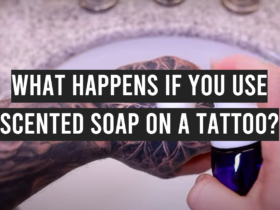
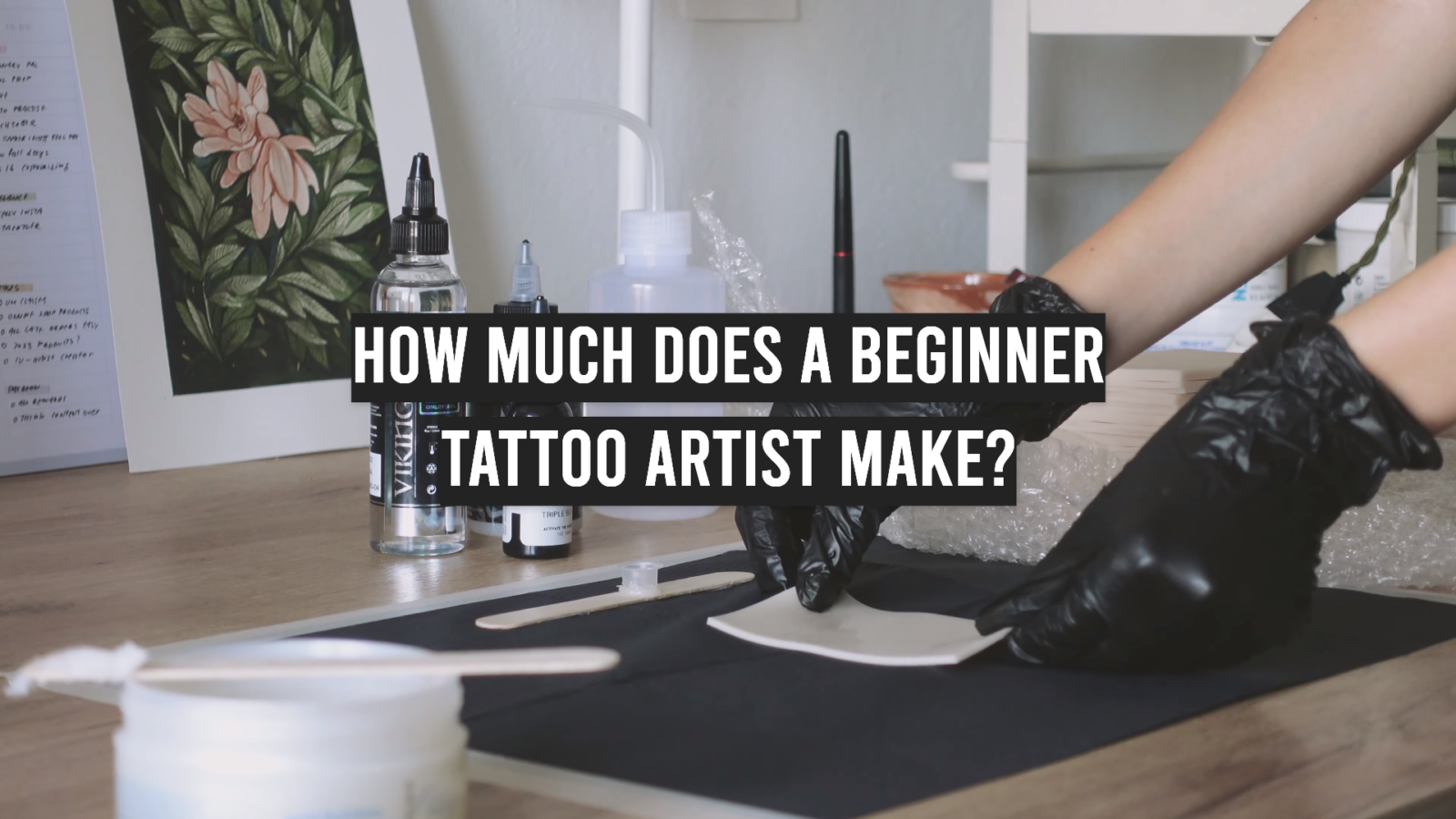
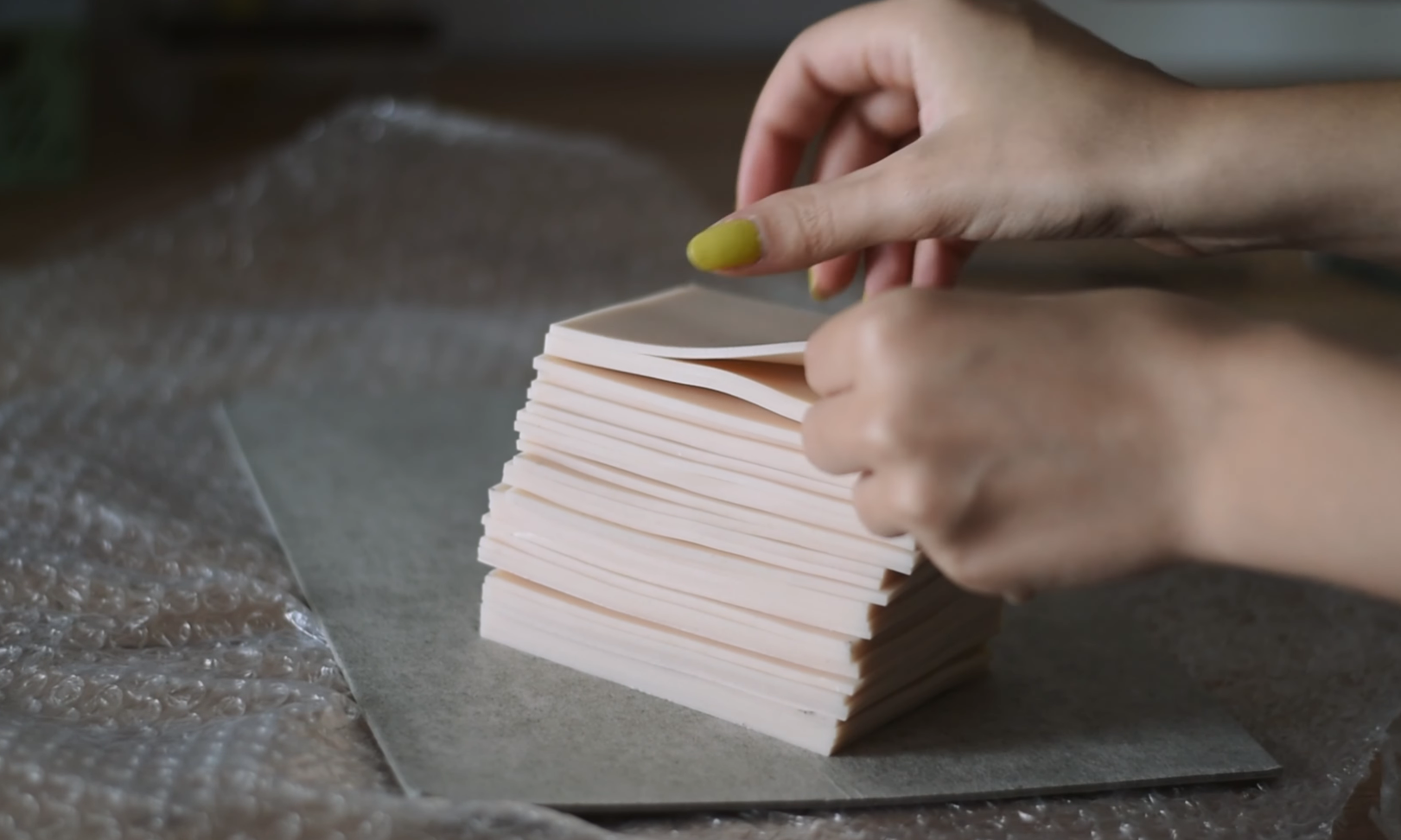

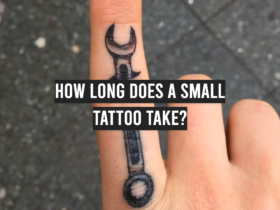


Leave a Review